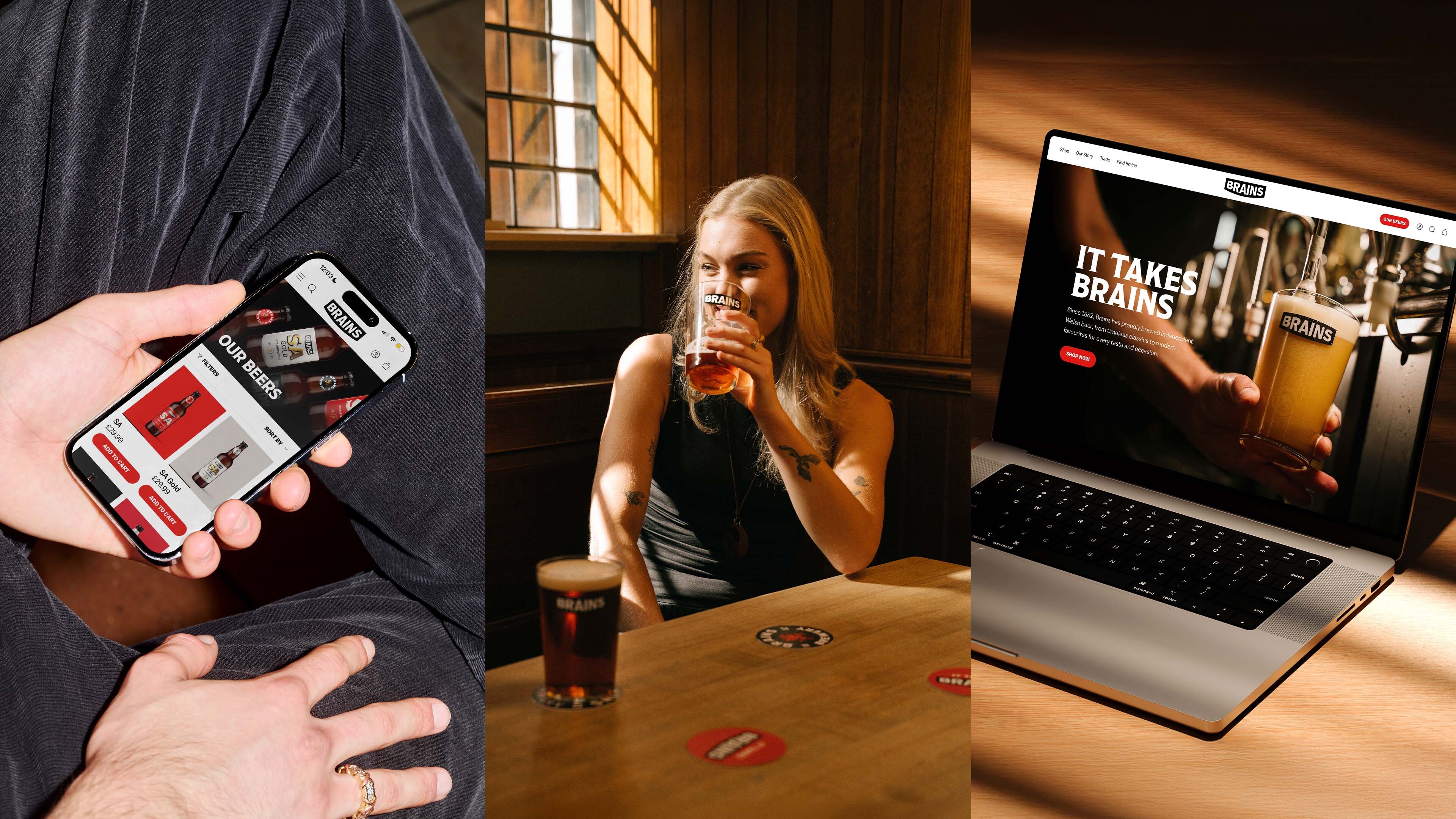How do you define if a project has been a success? At Toward our discovery process helps us figure out what’s important, what to measure, and how to get there.
A new brand, campaign, or website could look great, everyone involved could absolutely love it, and it could win all the awards under the sun. However that doesn’t make it a success. If the goals of the project aren’t met, how can it. It is impossible to understand if a project has been a success without understanding what the project needs to achieve.
Defining goals and objectives
The objectives for any project will be different and different stakeholders will all have different opinions on what success looks like. The Financial Director might want to see more sales, the marketing director better engagement on social media, the operations Director less stress on the customer service centre, the shop floor staff driver might just want a nicer uniform. How do you define which of these is most important?
Often it is not simple. The Finance Director might not understand the stress the Customer Service team is under, or the wider implications that has on the business. Most people in any organisation are busy and so focused on the mountain of problems they have in their department, it’s difficult for them to get perspective on everyone else and how they are all interconnected.
Discovery Workshops
The most critical part of our Discovery process is the client workshop. This is where we find out what is important to all the project stakeholders, and to get insight into their understanding of the organisation’s goals, their strengths and weaknesses, and finally their customers or audiences and their goals.
Without this insight, from as many stakeholders as possible, we could end up focusing on, or measuring, the wrong things. Its also important for the stakeholders to feel involved in the project and that they get their chance to have their say. This can help projects run more smoothly, with less objections during the project.
When everyone buys into this process, everyone involved should have common goals and objectives to get behind, a north star to follow.
How it works
During the workshop we ask all stakeholders to participate in a number of exercises. There is minimal discussion, no hierarchy, and no phones or laptops. We just get the team to write . As many answers as they can manage on Post-it notes. Then we ask the whole group to vote for the top 3 (e.g. most important) answers the whole group has come up with in the individual tasks. This means we can generate consensus on priorities and allow all stakeholders to get other's perspectives on the problems and challenges the project is going to solve.
In this way, we address conflicting perspectives and agree measures of success collaboratively. Helping us avoid the most common issue with any project, which is someone feeling put out that what they think is important has been ignored.
Once we have the results of the workshop as well as any other research, we present this back to the organisation in the form of a recommendations document, outlining what we found, what we think this means, and what the key objectives will be. We can then define a strategy to achieve these goals. Then whenever a decision/process/idea is proposed or challenged, we can point back to our north star. Always asking how they will help or hinder our key objectives.
Why this approach works
This approach is straightforward, repeatable, and flexible. Our workshop questions and tasks are easy to tweak to specific business types or sizes, and large or small groups. It can be amended to focus on the specific problem we’ve been hired to solve or be more generic to try to identify problems as part of the process.
The process and structure means that if things change and new challenges or opportunities arise, we can easily get back together to re-assess the current objectives and adjust or refine them using a similar process.
Next steps
As part of the objectives, some of the measures of success will be directly measurable (for example increased website traffic), others may be more complex to understand (for example changing perceptions about an organisation). Things that can be directly measured, via analytics and data are reviewed as soon as it makes sense to. Other elements may require further workshops or research to identify if they have been successful. Often different objectives will need different timeframes in order to measure effectiveness so this can be an ongoing process.
We will typically review the outcomes and produce a report or recommendations document outlining what has worked and what improvements could be made. We hope that all relationships with organisations are long term so we can continue to evolve and improve on goals, objectives, strategy and results. The benefits of a longer term approach to projects and problem solving are that we get a better understanding of the unique challenges each organisation faces the longer we partner with them. This helps us to help them even more effectively in the future.
